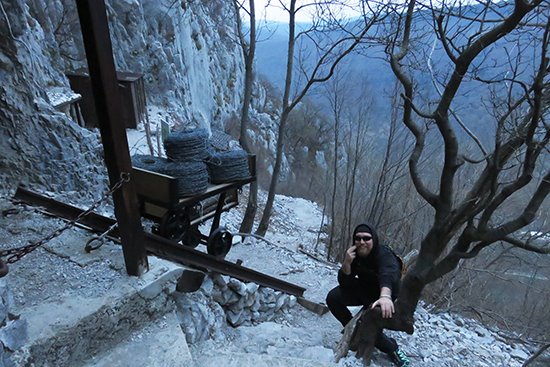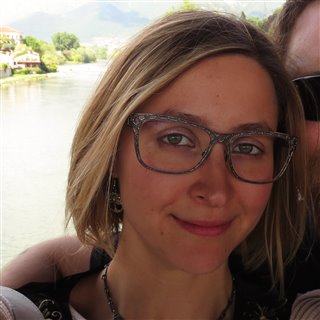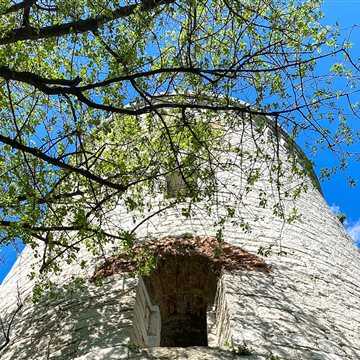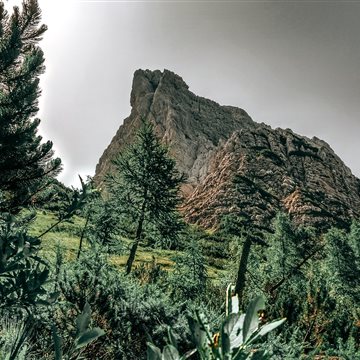



Every Gorizian gazes up to it from Piazza Vittoria and every Gorizian climbs it at the weekend: this is Mt Sabotin.
My boyfriend and I like walking its complex paths, both in the daytime and at night. We can start from the Italian hairpin bends and climb up to the tavern now located in the former Yugoslav army barracks. After a hot tea with rum we proceed as we like, balancing on the border with one foot in Slovenia and the other in Italy. Our destination is San Valentino, an abandoned church perched on one of the mountain’s peaks.

Then we descend on the Slovenian side. We keep an eye on the bends in the River Isonzo to make sure we don’t go in the wrong direction and we quickly get to the newly-opened cycle path. On our way back we always stop at the Austro-Hungarian emplacements rebuilt by the Pot Miru association (Walk of Peace).
We’re both very interested in the First World War, so we’re particularly impressed by the work because it gives three-dimensionality to the things we’ve read on the subject. We can cross a threshold, visit living quarters, touch the reconstruction of a cableway. But these aren’t the only emplacements; the whole mountain is pierced with caves, carved by trenches, marked by the war.

We talk about it continuously on our way back to the car and, as usual, we agree that it’s important to explore Sabotin in order to see the point of view from both sides. We think it’s especially essential for children, who can be accompanied here by their teachers and parents. Happily, on our little trips we often meet school groups and families.
Find out about the ideas and offers for this experience in Friuli Venezia Giulia




 Andrej Bandelj
Andrej Bandelj
